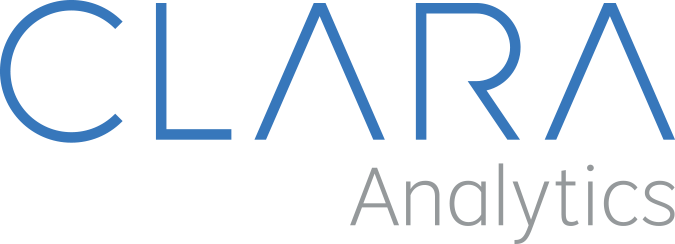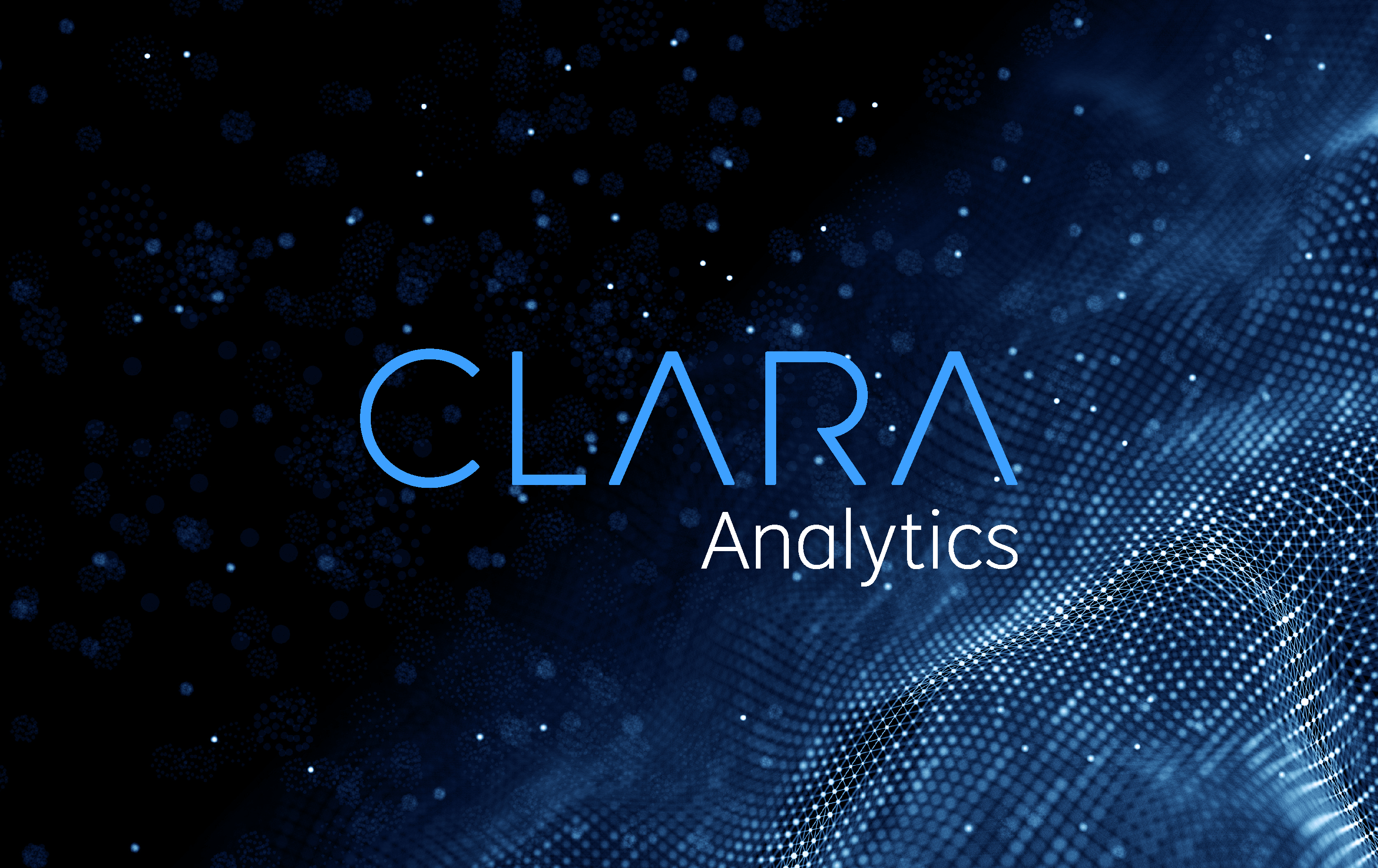Generative AI: The Impact on the Insurance Industry
Generative AI has the potential to significantly impact the insurance industry in several ways:
- Underwriting: Generative AI can help insurance companies automate the underwriting process, making it faster and more accurate. By analyzing large amounts of data, such as demographic information, health records, and lifestyle habits, generative AI can help companies accurately assess risk and provide more personalized insurance products.
- Fraud detection: Generative AI can help insurance companies identify and prevent fraud by analyzing large amounts of data and detecting unusual patterns or anomalies. This can help companies save money and reduce the risk of fraudulent claims.
- Customer experience: Generative AI can also be used to enhance the customer experience by providing personalized recommendations and offering more convenient and efficient ways for customers to interact with their insurance providers.
- Claims processing: Generative AI can help insurance companies automate the claims processing process, making it faster and more efficient. By analyzing claims data, generative AI can help companies identify and resolve claims more quickly and accurately.
- Pricing: Generative AI can also be used to optimize pricing and improve profitability for insurance companies. By analyzing vast amounts of data, generative AI can help companies accurately assess risk and set prices that reflect the level of risk involved.
In summary, generative AI has the potential to revolutionize the insurance industry by improving underwriting, fraud detection, customer experience, claims processing, and pricing. However, it is important to note that the use of generative AI in the insurance industry is still in its early stages, and its impact will likely evolve over time as technology advances and regulatory frameworks are developed.
Footnote:
This blog post was generated completely by ChatGPT. My input to its system was, “Explain how generative AI will affect the insurance industry”. The system responded with the essay above. The response is very generic and there are a few small grammatical errors, but when all is said in done, the computer did a pretty good job.
At CLARA, we use advanced natural language processing (NLP) models in the same family as the large language models ChatGPT and GPT-4, to analyze data in claims and provide insights as to what the adjuster’s next best steps are.
How might generative AI find its way into insurance carrier claims operations? Stay tuned for more on that in a later post.




